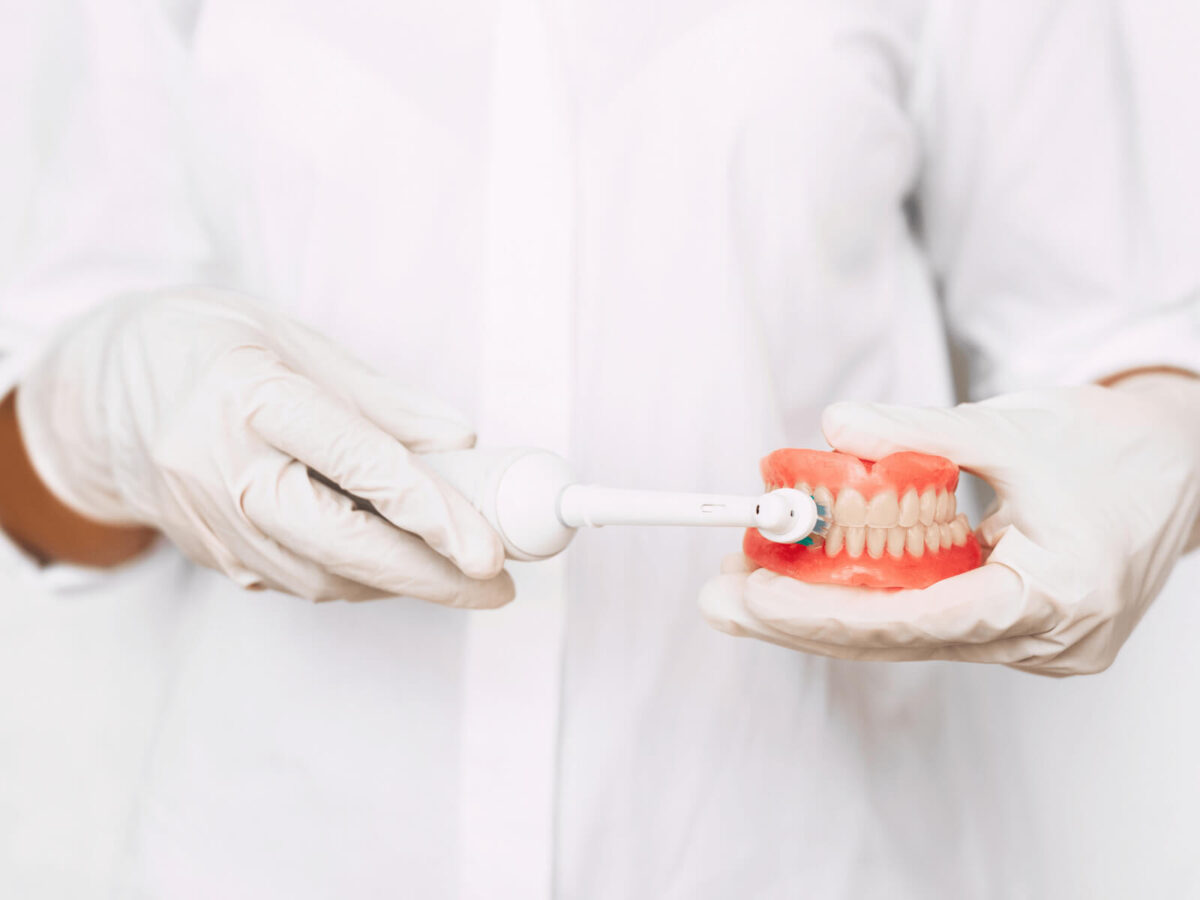River Walk Dental Orthodontics
Blog
Dental hygiene tips for healthy teeth & gums

How Poor Oral Hygiene Can Lead To Black Gums
Most of us don’t spend much time staring at our gums in the mirror. But the moment they start to look darker than usual? That’s when it gets your attention fast and rightly so. Gums are supposed to be pink in colour, when they turn brown, gray, or even black, it’s easy to start panicking.
But before you jump to conclusions, here’s the deal: not every case of black gums is a sign of something serious. That said, poor oral hygiene is a major reason gums can change color, and ignoring it may not be a great idea.
What Do Healthy Gums Even Look Like?
Just like most people, you probably thought that healthy gums are supposed to be pink. While that’s true for many folks out there, it does not apply to everyone. Taking your genetics, skin tone, and habits into consideration, the color of your gums can be different.
Due to high melanin, some people naturally have darker gums, and that’s completely normal. But if your gums suddenly darken or develop uneven patches or spots? That’s when it could be a sign of a deeper issue.
Here’s What Can Actually Cause Black Gums
There’s no one answer for everyone, but there are a few common causes of black gums that show up time and again:
- Skipping dental care: Neglecting brushing and flossing causes plaque and bacteria to build up. Which leads to irritation in the gums, inflammation, and color changes as well.
- Chewing tobacco and smoking: Tobacco not only stains your teeth, it can darken your gum tissue, too. This is very common among chain smokers.
- Medical conditions or medication: Issues, like Addison’s disease or hormonal disorders, can affect gum color. Some meds can also trigger pigmentation changes.
- Natural pigment. Again, some people just naturally have more pigment in their gums. But even if your gums are naturally darker, any new or sudden changes should still be checked.
Dentists across regions like San Antonio Dentist TX often see patients surprised by how something so subtle, like a shift in gum color, can actually be an early warning sign for something bigger.
Why Ignoring It Can Make Things Worse
Let’s say your gums have started looking darker because of poor hygiene, and you figure it’ll go away on its own. Unfortunately, it usually doesn’t.
If you keep letting plaque build up, it hardens into tartar, and that pushes even deeper under the gumline. The result? Inflammation, infection, and possibly gum disease. First, it’s gingivitis, then it’s full-blown periodontitis. And yeah, at that point, you’re looking at possible tooth loss.
That’s why gum discoloration should never be brushed off (no pun intended). It could just be your body saying that something is not right.
When to Take It Seriously
Not every change in gum color is an emergency, but some signs are clear signals to get things checked out ASAP:
- Gums that are suddenly darker or look patchy
- Bleeding when brushing or flossing
- Bad taste in your mouth, swelling, or pain
- Chronic bad breath that just won’t go away
- Loose teeth or gums pulling back
If you’re dealing with any of that, don’t wait. Dentists like those at San Antonio Dental Office TX are used to spotting issues like this early and helping you get on the right track fast.
How to Keep Gums From Going Dark in the First Place
Luckily, in a lot of cases, black or discolored gums caused by poor hygiene can be reversed or at least prevented from getting worse. Here’s what to do:
- Brush your teeth twice a day. A toothbrush with soft bristles and a fluoride toothpaste. That’s all you need. Brush with them every morning and night. No skipping.
- Floss like you mean it. Even if it feels annoying, it is. Plaque loves hiding between teeth, don’t let it win.
- Use a mouthwash that fights bacteria. Not just to freshen your breath, but to help cut down on the stuff that messes with your gums.
- Quit smoking. Easier said than done, sure, but tobacco is a major reason for both black gums and gum disease.
- Get regular cleanings. Seeing a dentist, like someone at San Antonio Dentist TX, every six months can help catch problems before they grow into something major.
But What If It’s Not Just Hygiene?
Here’s the thing, even if your brushing game is on point, your gums can still change color due to other reasons. That’s why you shouldn’t just guess or Google it.
Gum discoloration can be tied to internal health issues, stress, or even just the way your body reacts to a new medication. If the color shift seems off or if it’s bothering you, get it checked.
A dentist can tell the difference between something harmless and something that needs a closer look. And catching it early? Always better than playing catch-up later.
Should You Be Worried About Black Gums?
Honestly? It depends. If your gums have always been darker and there’s no pain or bleeding, you’re probably fine. But if the color just changed, looks strange, or comes with other symptoms, it’s better to be safe than sorry.
Even if it turns out to be nothing, talking to a dentist in San Antonio, TX, can give you peace of mind and help you stay on top of your oral health long term.
Final Thought
While surprising, black gums are not always serious. Most of the time, it’s your body’s way of telling you it needs a little more care.
In addition to your daily routine of brushing and flossing, also pay attention to changes, and when in doubt? Visit a San Antonio Dentist in TX to get a real answer instead of guessing. Your smile needs that kind of attention.
